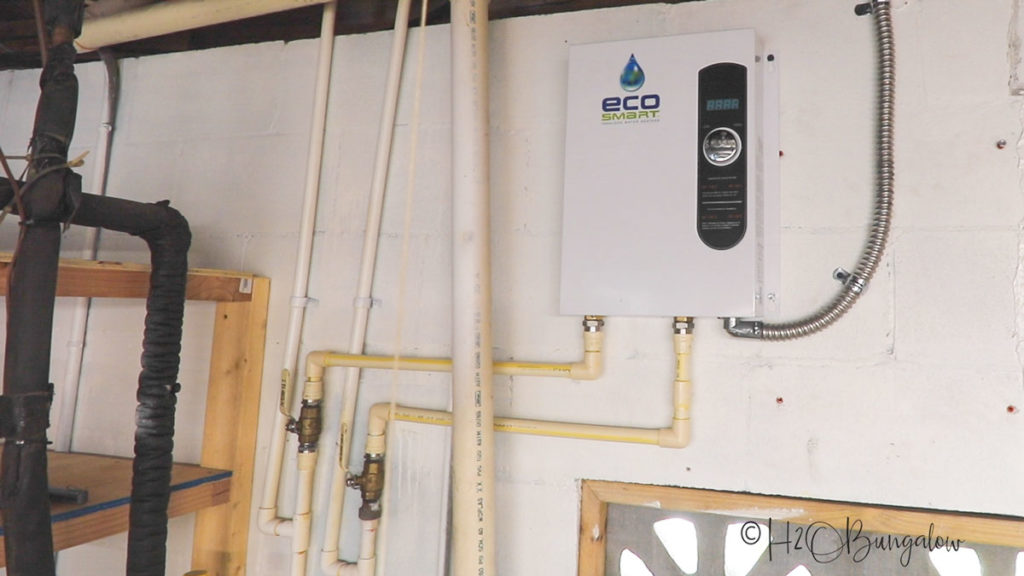DIY Hot Water Heater Setup: Essential Steps for Success
When taking into consideration a Do it yourself water heater installment, it is important to approach the job with a methodical way of thinking, as the process entails a number of crucial actions that can dramatically affect both safety and performance. Picking the appropriate water heating system for your particular demands is just the start; preparing the installation location and understanding the necessary devices and materials are just as crucial.
Choosing the Right Hot Water Heater
When picking a hot water heater, it is important to think about a number of vital elements to make certain optimum efficiency and performance - water heater installation. First of all, assess the sort of water heater that ideal suits your requirements. Alternatives include tankless, storage container, and heatpump water heating units, each offering distinctive advantages in terms of energy performance and space demands
A larger family members might call for a device with a better gallon capacity or a tankless system that can offer constant hot water. Each power type has ramifications for setup prices and long-lasting energy expenses.
Energy performance is one more important variable. By meticulously evaluating these variables, you can select a water heater that lines up with your house's certain needs, making certain comfort and efficiency for years to come.
Tools and Products Needed
Successfully mounting a water heating unit needs not just the best selection of system however also the proper tools and materials. Prior to embarking on your do it yourself job, ensure you have a detailed listing of things to facilitate a smooth installation process.
Essential tools include a pipeline wrench, flexible pliers, and a screwdriver set (both flathead and Phillips), which will certainly aid you handle numerous fittings and connections. In addition, a drill with proper little bits is necessary for mounting brackets or making any needed openings. For security, a voltage tester is important, specifically when dealing with electric hot water heater.
You will also need a versatile water supply line, which can be either braided stainless steel or PVC, depending on your choices and regional codes. By collecting these materials and devices in advance, you set the phase for an effective water heating unit installment.
Planning For Setup
Before beginning the setup of your hot water heater, it is important to evaluate the installation site to ensure it meets all essential demands. Begin by validating that the location is well-ventilated, particularly for gas hot water heater, to avoid the build-up of damaging gases. Look for the schedule of essential connections, consisting of supply of water lines and electrical outlets, guaranteeing they are in excellent condition and effectively located.
/replacing-a-water-heater-1824920-10-4d53aa4c5c97472ab7cc7e5be4628cae.jpg)
Furthermore, examine the existing pipes and electrical systems to identify if repair work or upgrades are required before setup. This proactive technique not only makes sure compliance with neighborhood building ordinance however also check my reference improves the durability and performance of the hot water heater. Last but not least, gather all called for authorizations, if essential, to prevent lawful complications later. Appropriate preparation establishes the phase for a smooth installation process and helps stop unanticipated issues.
Step-by-Step Installment Process
With the prep work full and all required assessments performed, the following stage involves the detailed setup of your water heating system. For tank-type water heating systems, link the cold water supply line to the inlet, generally marked in blue, and the hot water line to the outlet, generally assigned in red.
Next, protect the temperature level and stress relief shutoff, which is necessary for safety. Affix the discharge pipeline to this shutoff, directing it in the direction of the floor or an ideal drain area. For electric versions, link the power supply by removing the wires and protecting them to the heating unit's terminals according to the supplier's directions.
If you are installing a gas hot water heater, ensure the gas line is connected properly and examine for leaks utilizing a soap remedy. Links are made, fill up the tank with water prior to turning on the power or gas supply. Finally, enable the water heating unit to get to the desired temperature and check for any kind of leakages around all links.
Ensuring Security and Effectiveness
On a regular basis guaranteeing safety and effectiveness during the setup and procedure of your hot water heater is essential for ideal efficiency and durability. Begin by picking an appropriate location that follows neighborhood building regulations and provides adequate ventilation. Guarantee that the location is cost-free from combustible products and has enough space for upkeep and examinations.

After installment, conduct normal examine the device to find leakages, rust, or unusual noises. Establish the thermostat to a secure temperature level, commonly around 120 ° F, to avoid scalding and improve power performance. Protect pipes to reduce heat loss, which adds to decrease energy bills.
Conclusion
In verdict, effective DIY water heating system installation pivots on careful preparation and implementation. Choosing the appropriate water heating unit, preparing the installation area, and adhering to a methodical installation procedure are essential actions.
When considering a Do it yourself water heating system installation, it is crucial to come close to the task with a methodical mindset, as the process includes several critical steps that can dramatically impact both security and effectiveness.Prior to starting the installment of your water heater, it is important to analyze the installation site to ensure it fulfills all needed needs. For tank-type water heating systems, connect the chilly Continue water supply line to the inlet, normally marked in blue, and the hot water line to the outlet, typically assigned in red.Regularly guaranteeing security and effectiveness during the installation and operation of your water heating unit is important for ideal efficiency and durability. Selecting the appropriate water heater, preparing the installation area, and following a methodical installation process are essential steps.
Comments on “Ensure a smooth water heater installation in Yorba Linda with our experts”